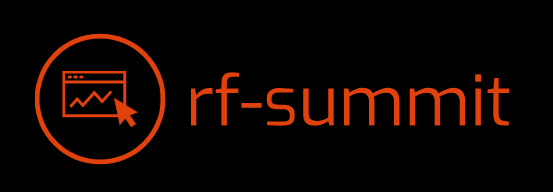What DOT Physical Examiners Really Look For
If you’re gearing up for a DOT (Department of Transportation) physical, you may be wondering exactly what it entails. These exams are essential for anyone operating large commercial vehicles, ensuring that drivers meet the health and safety requirements necessary for the road.
Beyond being a compliance checkpoint, they’re designed to keep drivers and others on the road safe. But what do examiners actually look for during a DOT physical? Let’s break it down step by step so you can prepare confidently.
Assessment of Visual Acuity
Eyesight is critical when you’re operating a large vehicle on bustling highways or tricky routes. During your DOT physical, examiners will evaluate whether your vision meets the required standard of at least 20/40 vision in each eye, with or without correction.
This ensures you can perceive what’s ahead clearly, from road signs to changing traffic conditions. They’ll also check for peripheral vision, assessing your ability to detect hazards in the areas outside your direct line of sight.
If you wear glasses or contact lenses, don’t forget to bring them along for the exam.
DOT Physical Hearing Requirements
Audible signals are just as vital as visual ones when you’re driving. From emergency sirens to horns, a driver’s ability to hear key auditory cues can prevent accidents. Examiners will check your ability to hear a “forced whisper” at a distance of five feet or better, with or without hearing aids.
There’s no one-size-fits-all for hearing ability, though. You could still pass your dot physical if you wear a hearing aid, provided it allows you to meet the requirement comfortably.
Cardiovascular Health
Operating vehicles over long hours can put considerable strain on the heart. For this reason, cardiovascular health is a top priority in DOT physicals.
Examiners will assess your blood pressure and check for signs of underlying heart conditions that could pose a risk on the road, such as arrhythmia or coronary artery disease.
The goal isn’t perfection. It’s about identifying manageable issues to ensure your heart can handle the demands of driving. If you already have a heart condition, don’t worry, as long as your condition is stable and properly treated, many drivers are still eligible for a medical certificate.
Checking Nervous System Function
Staying focused behind the wheel involves more than sharp eyesight and good hearing. A stable and responsive nervous system is crucial to ensure reflexes and motor functions work efficiently.
During a DOT exam, physicians look for signs of neurological disorders, such as epilepsy or other seizure-inducing conditions. They’ll also check for neuropathy, which might affect reaction times or the ability to steer and use vehicle controls.
If you have a history of neurological issues, sharing detailed medical records with the examiner can help ensure they have the full picture and allow for a smooth certification process.
Drug and Alcohol Testing
Safety is non-negotiable on the road, which is why drug and alcohol screening are essential aspects of the DOT exam. Substance use can impair judgment, reaction time, and focus, putting everyone on …











